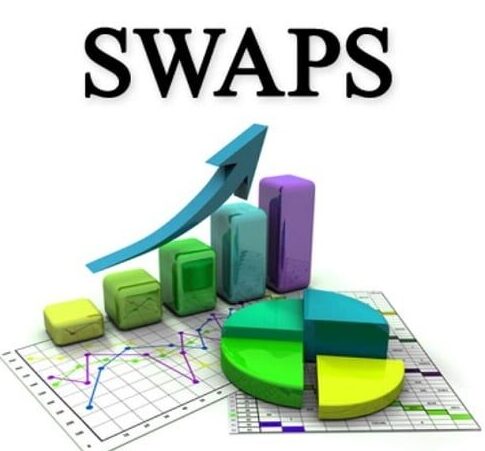In the world of finance, “swaps” refer to financial agreements where two parties exchange cash flows or other financial instruments. These are typically used to manage risk, speculate, or also to take advantage of price fluctuations. Although swaps are most commonly associated with interest rates or currencies, stock market swaps are also important in hedging strategies and trading.
What are Swaps?
A swap is a type of derivative, meaning its value depends on the value of an underlying asset. The most common types of swaps are interest rate swaps and equity swaps. In an interest rate swap, one party pays a fixed interest rate, and the other pays a floating rate based on an index like LIBOR. In equity swaps, the exchange is based on the performance of stocks or stock indices.
Types of Swaps:
- Equity Swap: In an equity swap, two parties agree to exchange the returns of a particular stock or index. This could also include dividends and capital gains. Equity swaps are often used by investors to gain exposure to certain stocks or indices without actually owning them.
- Interest Rate Swap: One party exchanges a fixed interest rate payment for a floating rate payment. This is typically used by companies or investors who are looking to manage their exposure to fluctuating interest rates.
- Currency Swap: This swap involves the exchange of cash flows in different currencies. It’s often used by companies or investors who deal with multiple currencies and also want to hedge against foreign exchange risks.
- Commodity Swap: These swaps involve the exchange of commodity-related cash flows, like oil or gold prices. They also allow businesses to hedge against price changes in commodities.
Example of an Equity Swap:
Let’s say Investor A and Investor B enter into an equity swap agreement. Investor A agrees to pay Investor B the return on a particular stock (say, stock XYZ) over the next year, while Investor B agrees to pay Investor A a fixed rate of 5% on the principal amount of $1,000,000.
At the end of the year, if stock XYZ has risen by 10%, Investor A owes Investor B the 10% return on the stock. On the other hand, if the stock has dropped by 5%, Investor B will pay Investor A the fixed 5% return.
Why Use Swaps?
Swaps are useful for several reasons:
- Hedging Risk: They can protect against unfavorable market conditions, such as interest rate changes or stock price movements.
- Speculation: Investors use swaps to bet on the future performance of an asset without actually owning it.
- Cost Efficiency: Swaps are sometimes more cost-effective than direct investments or other financial products.
Conclusion:
Swaps in the stock market are powerful tools that allow investors to manage risk, speculate on price movements, and also gain exposure to different assets without buying or selling the underlying securities. While they can be complex, swaps can provide strategic advantages for those who understand their mechanics.
– Ketaki Dandekar (Team Arthology)
Read more about Swaps in Stock Market here – https://groww.in/p/swaps
